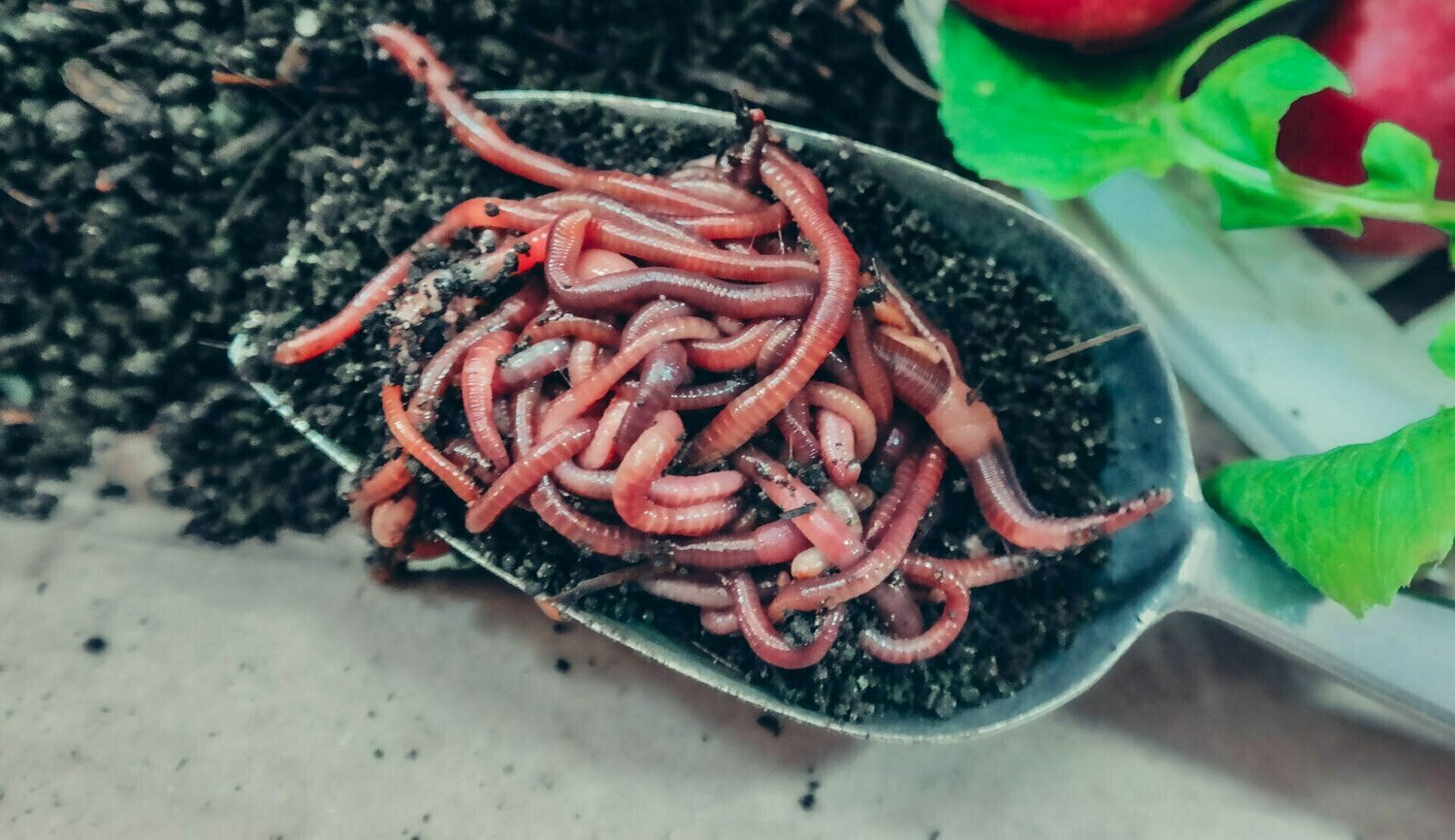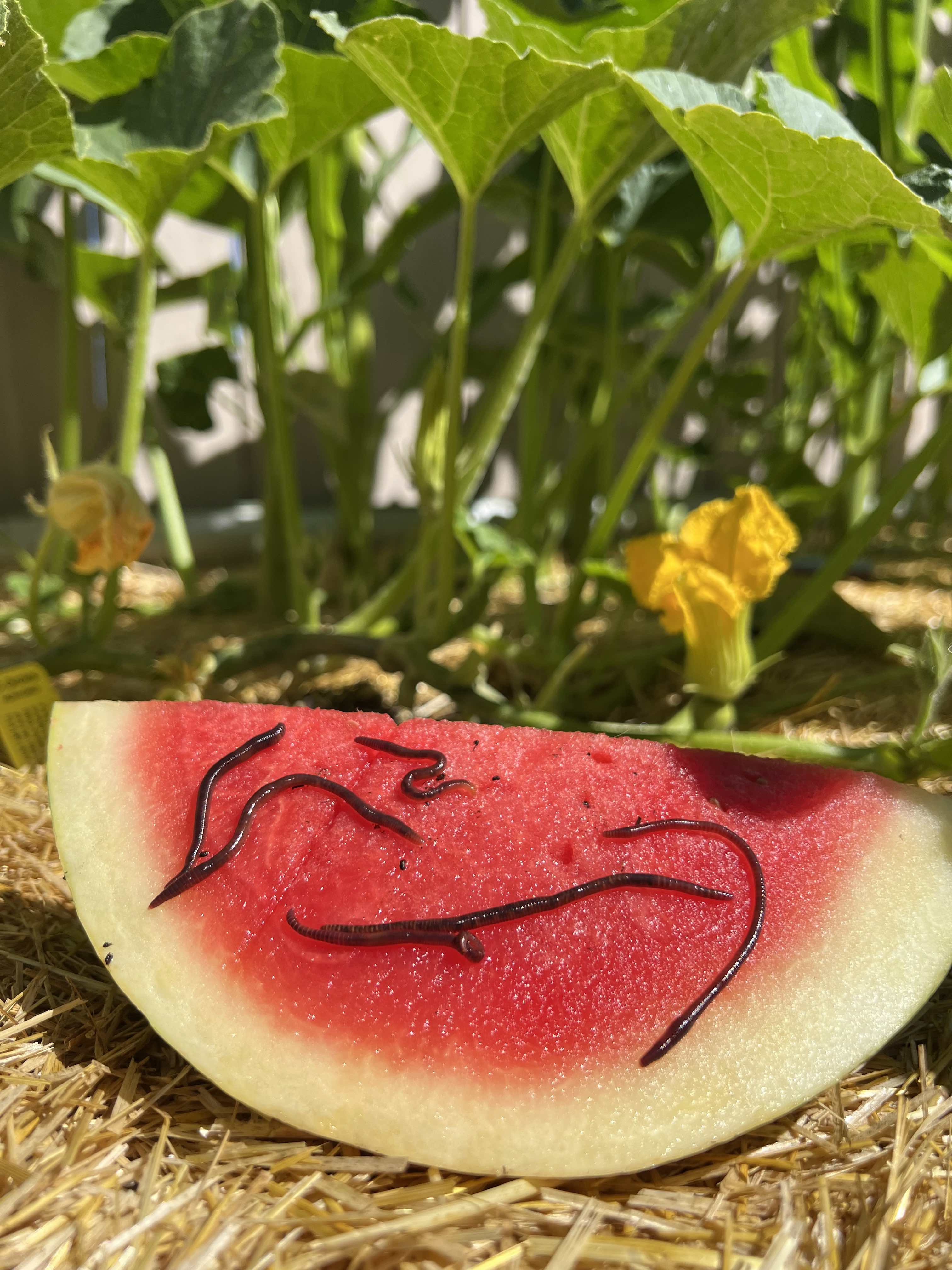Optimizing the Advantages of Red Wiggler Worms: A Comprehensive Handbook for Home Gardeners and Urban Farmers
In the realm of sustainable gardening practices, red wiggler worms stand as unsung heroes, quietly changing natural waste into nutrient-rich spreadings that can function marvels for soil health. As home garden enthusiasts and metropolitan farmers increasingly look for economical and environmentally pleasant ways to boost their yards, the possible benefits of taking advantage of the power of red wigglers can not be overstated. From decreasing kitchen area waste to cultivating much healthier plants, the usage of these modest animals uses a wide variety of benefits. By exploring the complexities of how to successfully care for and make best use of the benefits of red wiggler worms, people can open a riches of opportunities for boosting the sustainability and productivity of their horticulture endeavors.
Comprehending Red Wiggler Worms
Red Wiggler worms, renowned for their efficient composting capabilities, are a varieties of earthworms commonly made use of in vermiculture methods. These worms, scientifically called Eisenia fetida, thrive in decaying natural material, making them optimal prospects for composting (Red Wiggler Worms). Red Wigglers are voracious eaters, capable of consuming their very own weight in natural waste daily. Their gastrointestinal process breaks down raw material right into nutrient-rich spreadings, which are an important source for enriching soil and advertising plant growth.
One secret quality of Red Wiggler worms is their reproductive price. These hermaphroditic animals have both women and male reproductive body organs, permitting them to reproduce rapidly under beneficial conditions. A mature Red Wiggler can create several children in a short period, making certain a stable population within a composting system.

Setting Up a Worm Container
When developing a worm bin for vermiculture functions, appropriate prep work and interest to information are crucial for developing a helpful environment for Red Wiggler worms. Begin by selecting a suitable container for your worm bin.

Area the worm bin in a cool, dark location away from straight sunlight and severe temperature levels. By complying with these steps, you can establish up a flourishing worm bin that will successfully refine organic waste right into nutrient-rich vermicompost for your yard.
Feeding and Preserving Worms
Making sure a nourishing and balanced diet regimen is vital for the health and wellness and productivity of Red Wiggler worms in a vermiculture system. Red Wigglers are ravenous eaters, efficient in eating their own body weight in raw material daily. To maintain a successful worm populace, it is important to provide them with a selection of food scraps such as vegetables and fruit peels, coffee grounds, tea bags, and smashed eggshells. It is vital to prevent feeding them citrus fruits, onions, garlic, milk products, meat, and oily foods as these can be unsafe to the worms or create undesirable smells in the container.
Proper dampness degrees are also vital for the well-being of Red Wiggler go right here worms. By diligently checking their diet plan, moisture, and environmental problems, home garden enthusiasts and metropolitan farmers can maintain a healthy and recommended you read productive Red Wiggler worm population for composting purposes.
Collecting Worm Spreadings
To successfully draw out nutrient-rich worm castings from the vermicompost, a systematic harvesting procedure is crucial for making the most of the composting benefits. The first step in collecting worm castings is to urge the worms to move to one side of the bin.
After the castings have actually been collected, it is vital to separate any kind of staying worms from the spreadings to stay clear of hurting them throughout storage space or application. One effective approach is to produce conical piles of spreadings under bright light. Worms will intuitively move away from the light, enabling easy separation and removal.
Finally, the collected worm spreadings need to be saved in a great, dark, and completely dry area to keep their top quality and effectiveness as a nutrient-rich soil amendment. By following these steps, home gardeners and urban farmers can make best use of the advantages of red wiggler worms in their vermicomposting systems.
Utilizing Worm Castings in Gardening
The consolidation of nutrient-rich worm spreadings right into garden soil can dramatically enhance plant growth and general dirt health and wellness. Worm spreadings, likewise called vermicast, are a natural plant food produced by red wiggler worms as they break down raw material. These spreadings are abundant in essential nutrients like nitrogen, phosphorus, potassium, and useful germs that promote plant growth and improve soil framework.
When making use of worm spreadings in horticulture, it is important to blend them completely into the soil or use them as a top dressing around plants. The slow-release nature of worm spreadings ensures a consistent supply of nutrients to plants with time, minimizing the threat of nutrient leaching and advertising lasting soil fertility. Additionally, worm castings assist boost soil oygenation, water retention, and microbial task, developing a healthy and balanced environment for plant roots to flourish.

Conclusion
In verdict, the application of red wiggler worms in home horticulture and metropolitan farming can considerably profit soil health and wellness and plant development. By understanding just how to set up and keep a worm bin, feed the worms properly, and gather their nutrient-rich castings, gardeners can make the most of the advantages of these earthworms.
In the realm of sustainable horticulture practices, red wiggler worms stand as unrecognized heroes, silently changing organic waste into nutrient-rich Visit Your URL spreadings that can function marvels for dirt health.When establishing a worm container for vermiculture functions, proper prep work and attention to detail are essential for developing a conducive setting for Red Wiggler worms. The first step in collecting worm spreadings is to encourage the worms to move to one side of the bin. Worm spreadings, additionally understood as vermicast, are a natural fertilizer created by red wiggler worms as they damage down natural issue. By recognizing how to set up and preserve a worm container, feed the worms effectively, and harvest their nutrient-rich castings, garden enthusiasts can optimize the benefits of these earthworms.
Comments on “Red Wiggler Worms - Enhance Your Soil Health And Wellness Naturally”